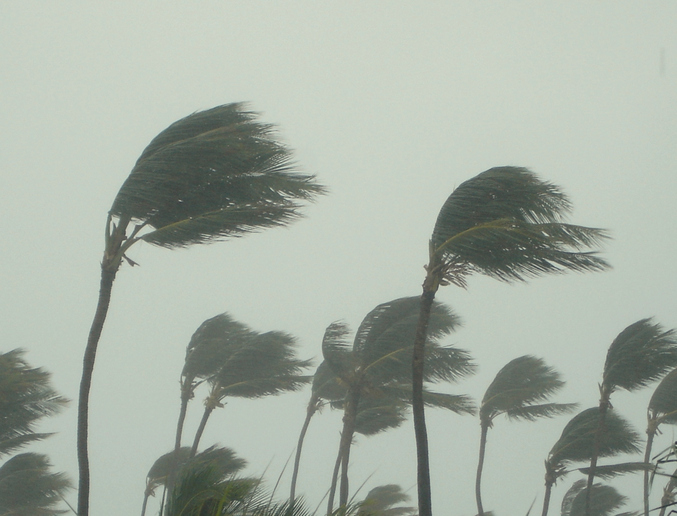Lane was about 190 miles southwest of Kailua-Kona on the Big Island Thursday, and moving slowly north before a predicted turn west. The center of the storm is expected to approach closely or move over the state's main islands late Thursday and Friday.
"Hawaii is going to be impacted by Hurricane Lane," said Federal Emergency Management Agency Administrator Brock Long at a Thursday press conference. "The question is how bad."
Mr. Long said the storm was setting up to be a "significant rain event" and warned of inland flooding and landslides. The federal government is prepared to help keep the power on, the water running, and the grocery stores stocked with food during the storm, Mr. Long said.
A hurricane warning was in effect for the Big Island, as well as the islands of Oahu, Maui, Lanai, Molokai and Kahoolawe, according to the Central Pacific Hurricane Center. A hurricane watch, a less-severe designation, was in effect for the islands of Kauai and Niihau.
The hurricane is expected to cause dangerous surf and swells as well.
"Stay off the beach, stay out of the water and evacuate if told to do so," said Rear Adm. Meredith Austin of the U.S. Coast Guard.
To prepare for the storm, Hawaii closed schools and some government offices and opened emergency shelters. The state planned to close some highways and commercial harbors. Officials granted leave to nonessential state employees.
On Wednesday, Gov. David Ige requested a presidential disaster declaration, which was approved. That opens the way for greater access to federal assistance and resources.
The unpredictability of the storm and the possibility of severe winds, flooding, power outages and other damage had the state on edge.
"There will be significant impacts even if the hurricane doesn't hit us directly," Mr. Ige said Wednesday. "Families should be prepared to shelter in place and have 14 days of food, water and supplies."
Residents of the islands descended on grocery stores and hardware stores to stock up ahead of the storm, and there were long lines at gas stations, according to local media reports.
Hawaii has found itself in the crosshairs of several hurricanes in recent years, but the last major one to hit the state was in 1992, when Hurricane Iniki killed six people and caused billions of dollars in damage.
Hawaii's Big Island, a popular tourist destination, was hit with another major disaster in May when the Kilauea volcano erupted, spewing lava and toxic gases into neighborhoods and causing evacuations. The volcanic eruption continued throughout the summer and destroyed hundreds of homes.













